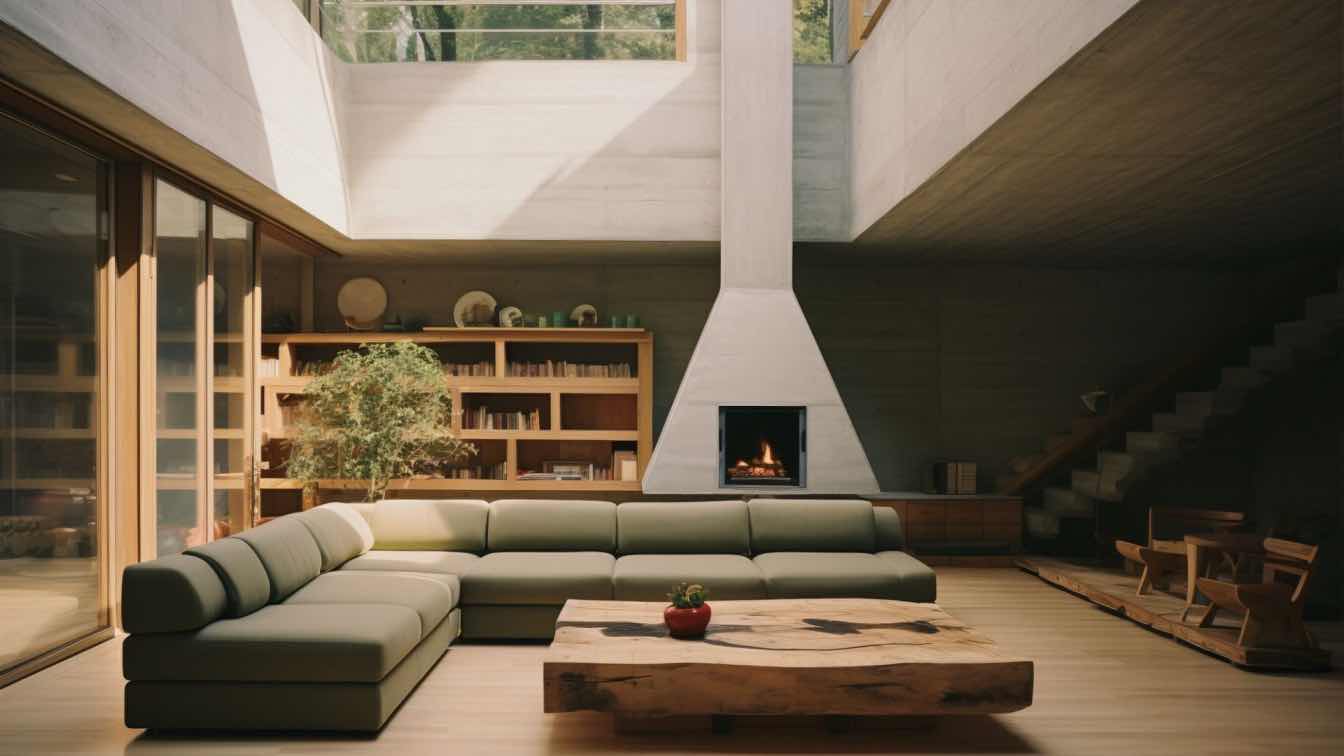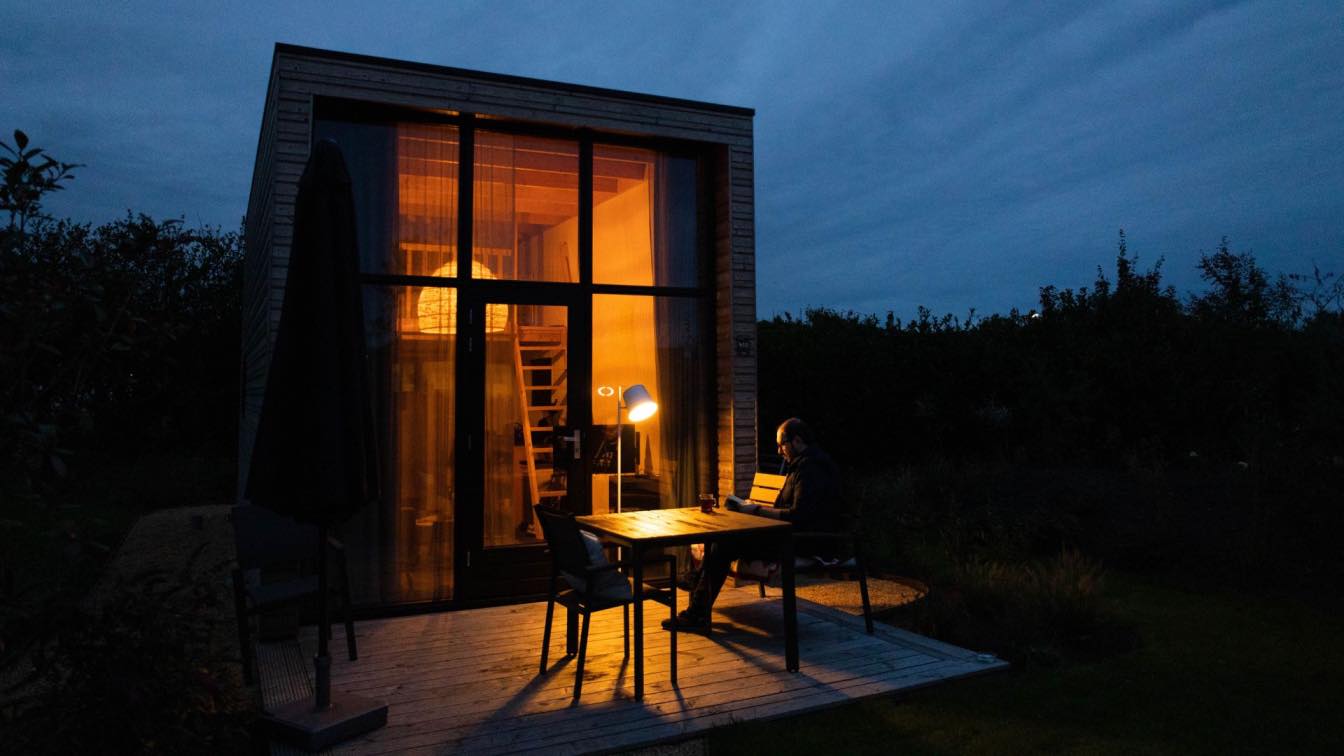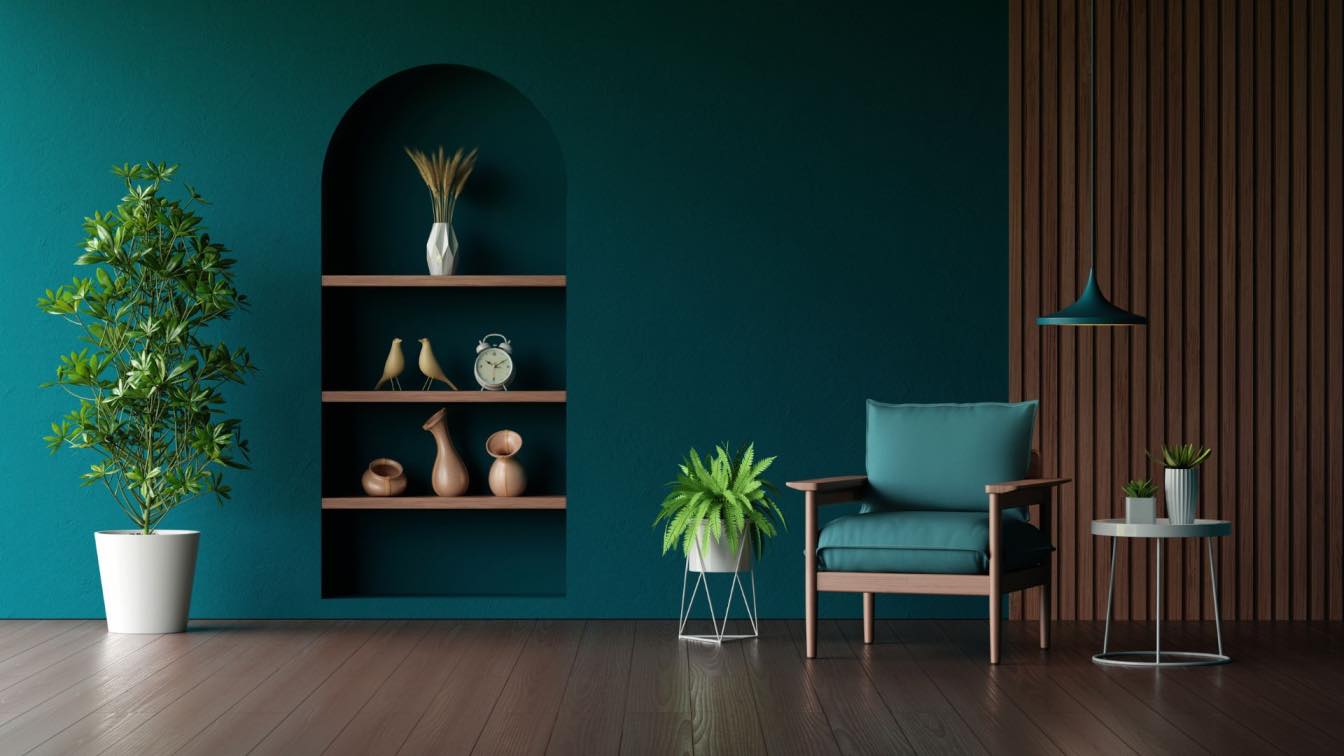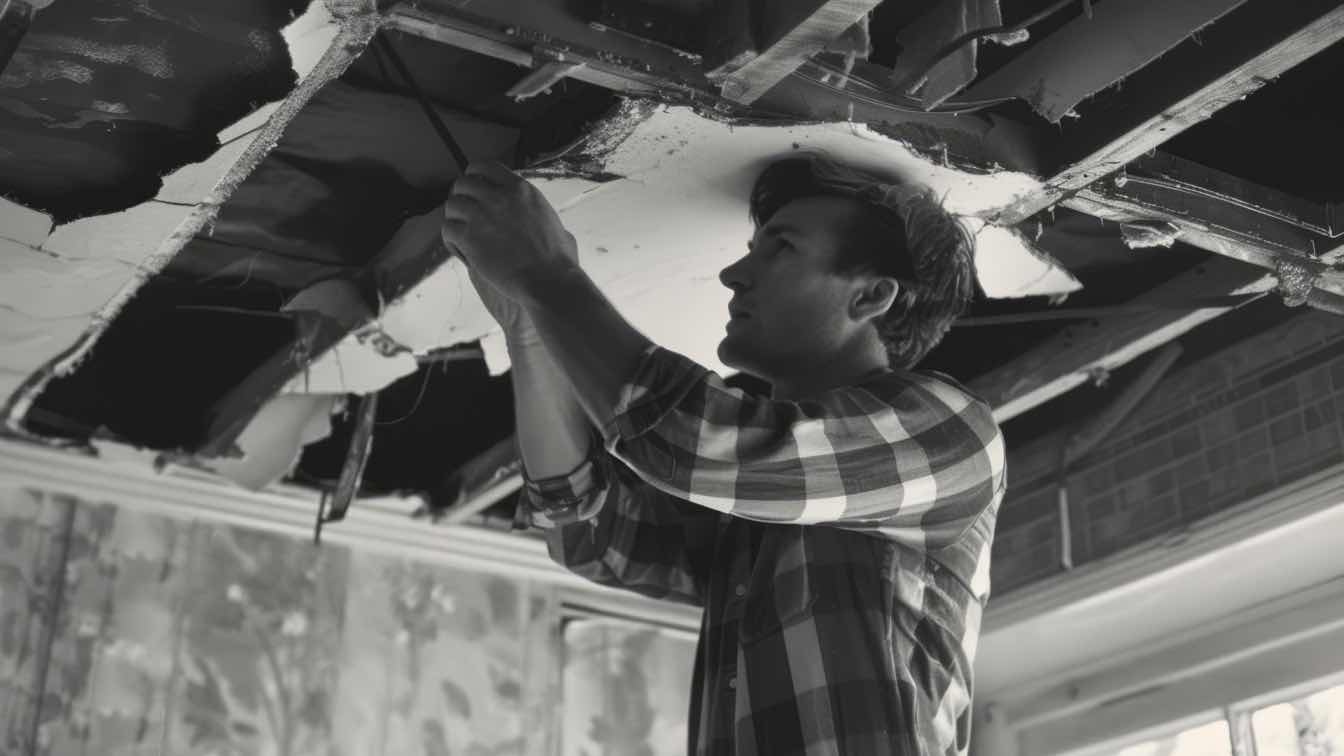In the world of architecture, inspiration can come from the most unexpected places. One such source is the game of poker, a blend of strategy, psychology, and aesthetics. Just as poker players master the art of deception and strategy, architects have been incorporating these elements into their designs, creating structures that are as intriguing as a well-played hand. From hidden rooms and minimalist facades to towering skyscrapers and luxurious interiors, the influence of poker is evident in some of the most innovative architectural projects around the globe. This article investigates into how the principles of poker have inspired modern architecture, resulting in spaces that are both functional and fascinating.
The Art of Bluffing: Hidden Rooms and Secret Spaces in Modern Architecture
In poker, bluffing is an essential skill, a way to mislead opponents and gain an advantage. Similarly, modern architecture has embraced the concept of bluffing through the creation of hidden rooms and secret spaces. These concealed areas add an element of surprise and mystery to a building, much like a well-executed bluff can change the course of a poker game. Architects have cleverly integrated these hidden spaces into their designs, using them to enhance functionality and create a sense of intrigue.
One notable example is the use of hidden doors that blend seamlessly into walls, making them virtually invisible to the untrained eye. These doors often lead to private study rooms, wine cellars, or even panic rooms, providing both security and exclusivity. The element of surprise is a key factor here, much like in poker, where the unexpected can be a game-changer. This architectural "bluff" not only adds a layer of complexity to the design but also offers practical benefits, such as additional storage or private retreats.
Poker Face: Minimalist Designs That Conceal Complexity
Just as a poker player maintains a stoic expression to hide their true intentions, minimalist architectural designs often conceal a wealth of complexity beneath their simple exteriors. The concept of the "poker face" is evident in these structures, where clean lines and uncluttered spaces mask intricate engineering and sophisticated technology. This approach is akin to the strategies employed by players on platforms like GGPoker, where simplicity and subtlety can be powerful tools.
Minimalist designs are characterized by their focus on functionality and the elimination of unnecessary elements. However, this simplicity is often deceptive, as these buildings frequently incorporate advanced materials and cutting-edge construction techniques. For instance, a minimalist home may feature hidden storage solutions, integrated smart home systems, and energy-efficient technologies, all concealed behind a sleek, unadorned facade. This blend of simplicity and sophistication mirrors the strategic depth of a well-played poker hand, where the true complexity lies beneath the surface.
High Stakes Design: Skyscrapers That Resemble a Winning Hand
In the high-stakes world of architecture, skyscrapers are the ultimate expression of ambition and innovation. Much like a winning hand in poker, these towering structures are designed to impress and dominate the skyline. The strategy behind their design is akin to the card game strategy employed by poker players, where every move is calculated to maximize impact and efficiency.
One striking example is the Burj Khalifa in Dubai, which stands as the tallest building in the world. Its design is inspired by the Hymenocallis flower, but its towering presence and intricate engineering make it a symbol of architectural prowess. The Burj Khalifa's design strategy involves a series of setbacks that reduce wind forces and provide structural stability, much like a poker player strategically managing their hand to outlast opponents.
Another example is the Shanghai Tower, which twists as it rises, reducing wind loads and creating a unique aesthetic. This design not only enhances the building's stability but also makes it a standout feature of the Shanghai skyline. The tower's innovative design strategy is reminiscent of a poker player using unconventional tactics to gain an edge over competitors.
The One World Trade Center in New York City is another confirmation to high-stakes design. Its tapered form and symbolic height of 1,776 feet pay homage to American history while showcasing advanced engineering techniques. The building's design strategy, which includes a reinforced concrete core and a steel perimeter frame, ensures both resilience and elegance, much like a well-played poker hand that balances strength and finesse.
Royal Flush: Luxurious Interiors Inspired by Poker Themes
Luxury and opulence are hallmarks of both high-stakes poker games and upscale architectural interiors. The concept of a "royal flush" in poker, the highest possible hand, is mirrored in the design of lavish interiors that exude sophistication and grandeur. These spaces often draw inspiration from the elegance and drama of poker, creating environments that are both visually stunning and functionally superior.
One example is the use of rich materials such as marble, gold leaf, and exotic woods to create a sense of luxury and exclusivity. These materials are often combined with intricate detailing and custom furnishings, resulting in interiors that are as impressive as a royal flush. The attention to detail and craftsmanship in these spaces is akin to the precision and skill required to master a poker game.
Lighting also plays a crucial role in creating luxurious interiors inspired by poker themes. Strategically placed lighting fixtures can highlight architectural features, create mood, and enhance the overall ambiance. This is similar to the way a poker player uses subtle cues and signals to influence the game. The interplay of light and shadow adds depth and dimension to the space, much like the layers of strategy in a well-played poker hand.
The influence of poker on modern architecture is a proof to the game's blend of strategy, psychology, and aesthetics. From hidden rooms and minimalist designs to towering skyscrapers and luxurious interiors, the principles of poker have inspired some of the most innovative and mesmerizing architectural projects around the world. These structures not only showcase the creativity and ingenuity of architects but also highlight the parallels between the art of building and the art of playing poker.
As we continue to probe new frontiers in architecture, the lessons learned from poker will undoubtedly play a role in shaping the future of design. Whether it's through the strategic use of space, the concealment of complexity, or the creation of awe-inspiring structures, the game of poker offers valuable insights that can be applied to the world of architecture. In the end, both disciplines require a keen understanding of human nature, a mastery of strategy, and an appreciation for the beauty of the unexpected.





